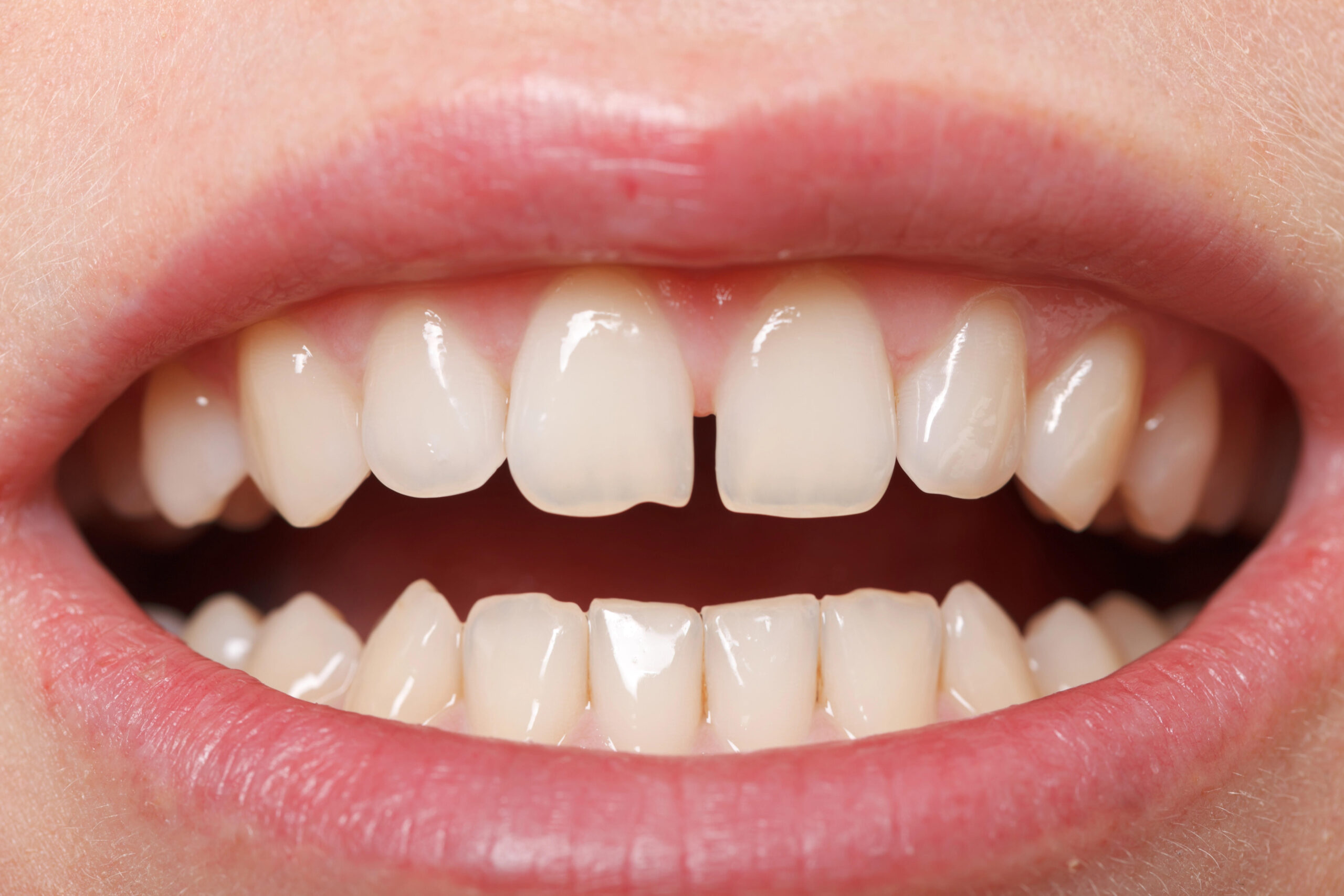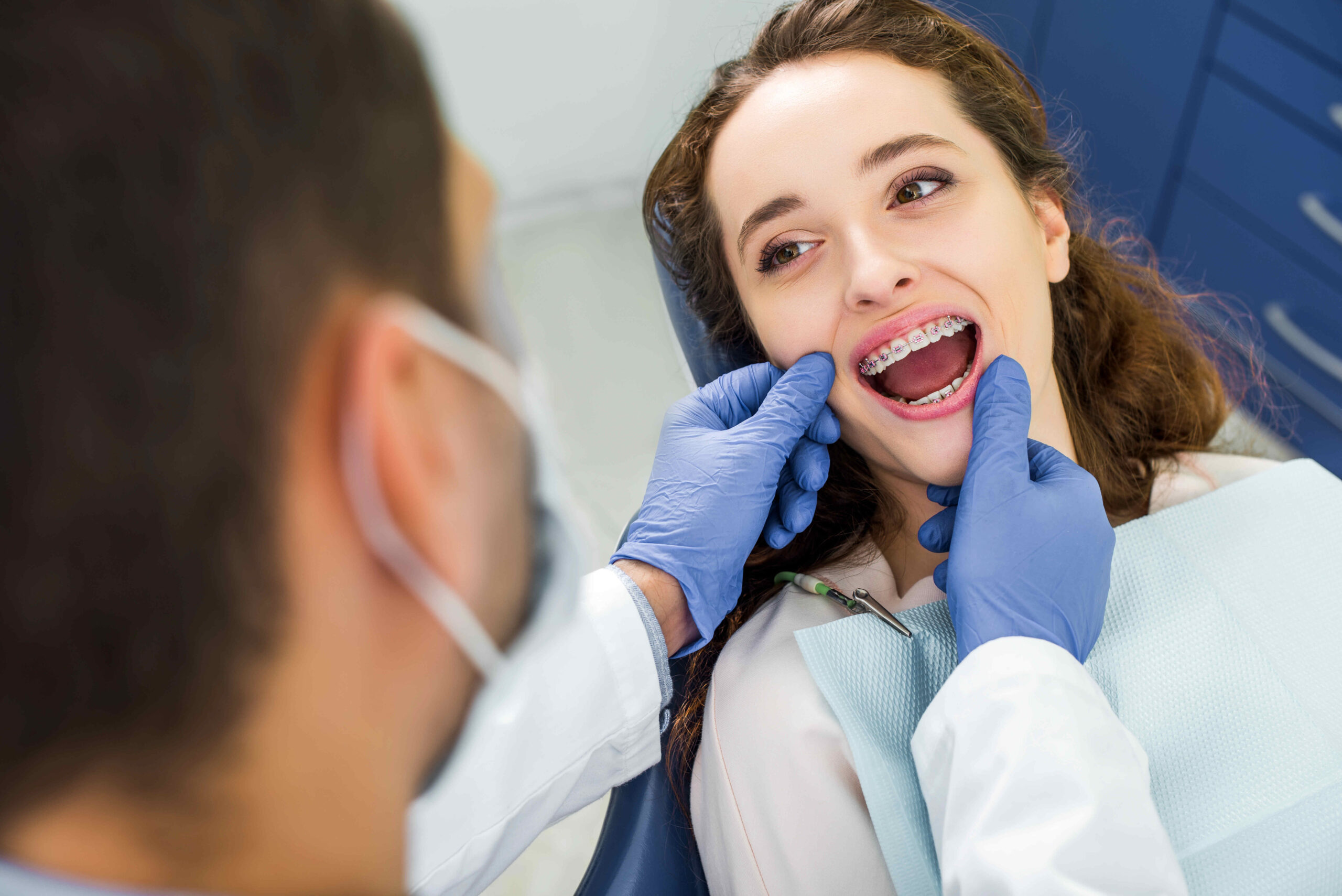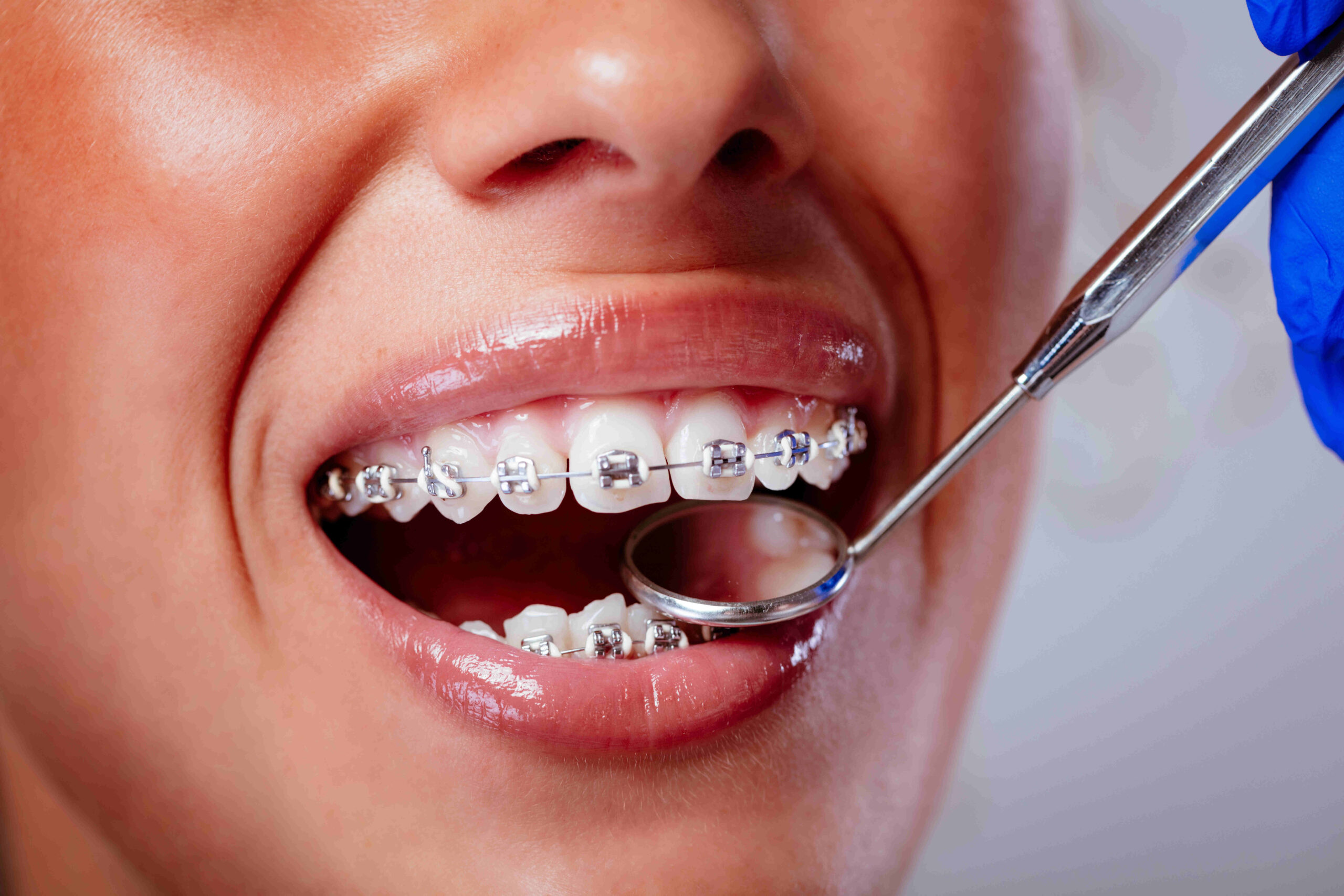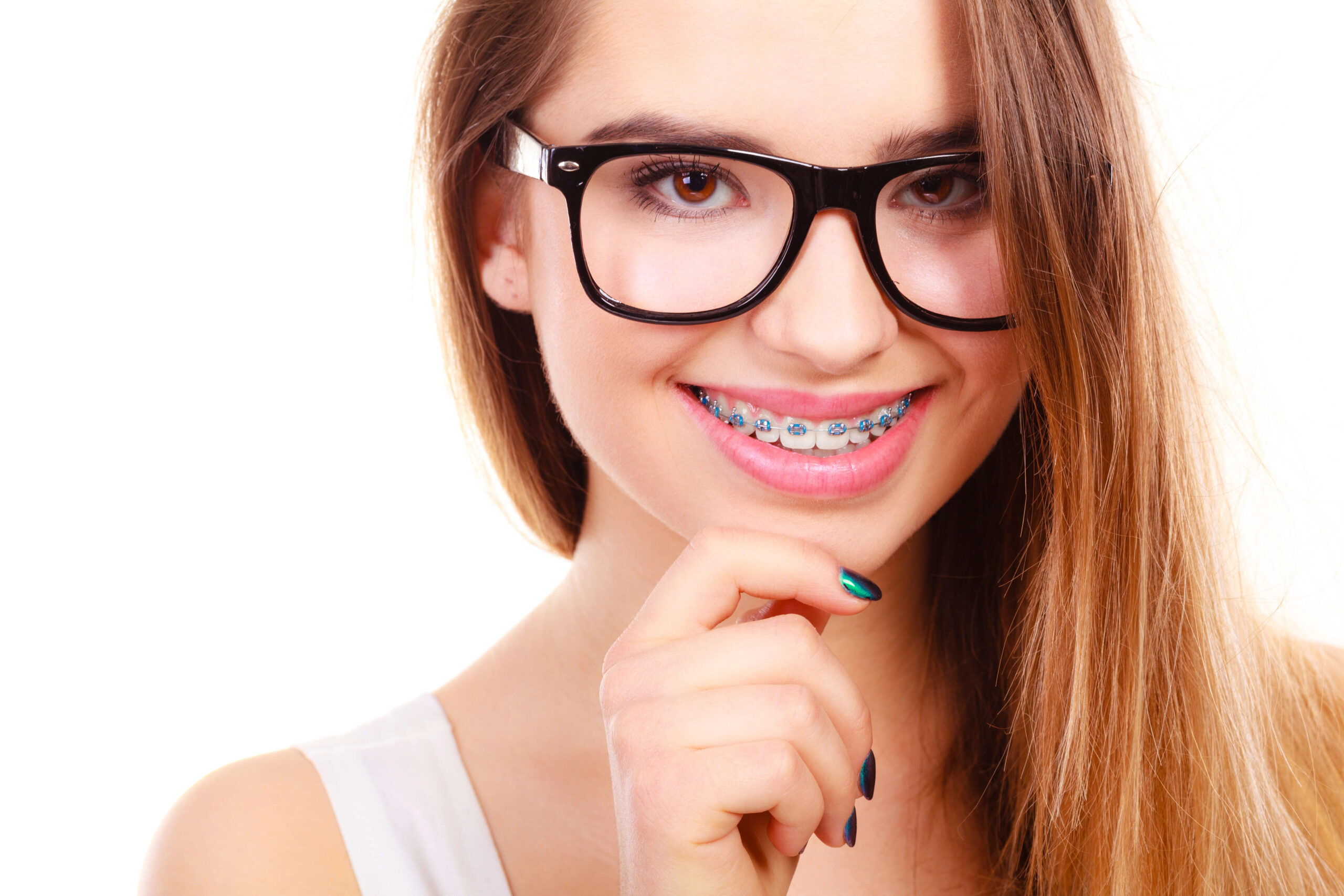Curious about how Invisalign for deep bite can help correct your smile painlessly? Invisalign for deep bite offers a modern approach to aligning teeth, focusing on comfort and effectiveness. This method gently adjusts your bite, enhancing your smile without the discomfort often associated with traditional treatments.
Invisalign for Deep Bite
Understanding deep bite issues is essential for anyone considering orthodontic solutions. A deep bite, also known as an overbite, occurs when the upper front teeth significantly overlap the lower front teeth. This condition can lead to various dental problems, including wear on the teeth, jaw discomfort, and even aesthetic concerns. Many individuals seek solutions like Invisalign for a deep bite to address these issues effectively. By understanding the nature of a deep bite, individuals can better appreciate the importance of addressing this dental alignment issue.
Invisalign for a deep bite is a popular choice for those looking to correct their smile without the discomfort often associated with traditional methods. The process involves a series of aligners that gradually adjust the position of the teeth, aiming to reduce the overlap and improve overall dental health. For those interested in exploring other alignment issues, such as gaps between teeth, you might find the topic of Invisalign for Gap Teeth: Close Gaps Seamlessly insightful. Understanding these dental conditions and their potential impact can help individuals make informed decisions about their oral health journey.
Benefits of Correcting Deep Bite
Correcting a deep bite can significantly enhance both oral health and overall well-being. A deep bite, where the upper teeth excessively overlap the lower teeth, can lead to various dental issues if left unaddressed. By using solutions like Invisalign for deep bites, individuals can experience improved dental alignment, which helps in reducing the risk of tooth wear and damage. Proper alignment also contributes to better jaw function, alleviating discomfort and preventing potential complications associated with misaligned bites.
Moreover, addressing a deep bite can have positive effects on one’s appearance and self-esteem. A well-aligned smile often boosts confidence, allowing individuals to engage more freely in social and professional interactions. The process of correcting a deep bite can be seamless and effective, leading to long-term benefits for both dental health and personal confidence. For those considering options, exploring Affordable Invisalign Tacoma can be a step towards achieving a healthier, more confident smile.
Invisalign Treatment Process Overview
The Invisalign treatment process for deep bite correction is designed to be a seamless journey toward achieving a healthier smile. It begins with a comprehensive assessment by a dental professional to determine the suitability of Invisalign for deep bite issues. Once confirmed, a series of custom-made aligners are crafted to gradually shift teeth into their desired positions. These aligners are typically worn for about two weeks each, with periodic check-ins to monitor progress. The process is tailored to address the unique needs of individuals with deep bite, ensuring that the alignment progresses smoothly and effectively over time.
Comparing Traditional Braces and Invisalign
When it comes to addressing dental issues like a deep bite, both traditional braces and Invisalign offer viable solutions, each with its own set of advantages. Traditional braces have been a long-standing method, utilizing metal brackets and wires to gradually shift teeth into the desired position. They are known for their effectiveness in treating complex dental cases. On the other hand, Invisalign for deep bite provides a more discreet option, using clear aligners that are virtually invisible and can be removed for eating and cleaning.
This modern approach appeals to those seeking a less noticeable treatment. Both methods aim to improve dental alignment and enhance smiles, but the choice often depends on personal preferences and specific dental needs. For those in the area, Tacoma Orthodontics offers insights into these options, and you can learn more by visiting the Tacoma Dentist.
Duration of Invisalign Treatment
When considering Invisalign for deep bite correction, understanding the duration of treatment is essential. The length of time required for Invisalign to effectively address a deep bite can vary based on individual dental needs and the complexity of the case. Generally, Invisalign treatment for deep bite may take several months to a couple of years, with regular check-ins to monitor progress. Each aligner is typically worn for about one to two weeks before moving on to the next in the series, gradually shifting teeth into the desired position. The personalized nature of Invisalign treatment ensures that the duration is tailored to achieve optimal results for each unique smile.
Maintaining Oral Health with Invisalign
Invisalign for deep bite not only aids in aligning your teeth but also plays a crucial role in maintaining oral health. By gradually adjusting the position of your teeth, Invisalign helps reduce the risk of gum disease and tooth decay that can occur when teeth are misaligned. Proper alignment allows for easier cleaning, ensuring that food particles and plaque do not accumulate in hard-to-reach areas. This contributes to healthier gums and teeth, promoting overall oral hygiene. As Invisalign for deep bite works to correct your smile, it simultaneously supports the maintenance of a clean and healthy mouth.
Common Challenges with Deep Bite
Deep bite, a prevalent dental condition, often presents a range of challenges that can affect both oral health and overall well-being. Individuals with a deep bite may experience excessive wear on their teeth, leading to potential damage over time. This condition can also contribute to jaw discomfort and even headaches due to the misalignment of the bite. Additionally, a deep bite can impact the aesthetics of a smile, sometimes causing self-consciousness in social situations. Addressing these issues is crucial for maintaining dental health and enhancing quality of life. Invisalign for deep bite offers a modern approach to managing this condition, focusing on aligning teeth to improve function and appearance.
Success Stories of Deep Bite Correction
Many individuals have experienced transformative results with Invisalign for deep bite, achieving the smile they’ve always desired. These success stories highlight the effectiveness of this approach in addressing deep bite issues, leading to improved dental alignment and enhanced confidence. Patients often share their journeys of how their deep bite was corrected, resulting in not only aesthetic improvements but also functional benefits. The process has been described as seamless and life-changing, with many expressing gratitude for the newfound comfort and appearance of their smiles. These stories serve as a testament to the potential positive outcomes of using Invisalign for deep bite correction.
Future of Orthodontic Treatments
The future of orthodontic treatments is poised to revolutionize the way we approach dental care, with advancements that promise more efficient and comfortable solutions for various dental issues, including deep bites. As technology continues to evolve, the integration of digital tools and innovative materials is expected to enhance the precision and effectiveness of treatments like Invisalign for deep bite. These advancements are likely to make orthodontic procedures more accessible and less invasive, paving the way for a new era in dental health where achieving a perfect smile is both seamless and painless.
Conclusion
Invisalign for deep bite offers a seamless path to a confident smile; for more information, call 253-474-9473 or visit Proctor Braces to read reviews.





